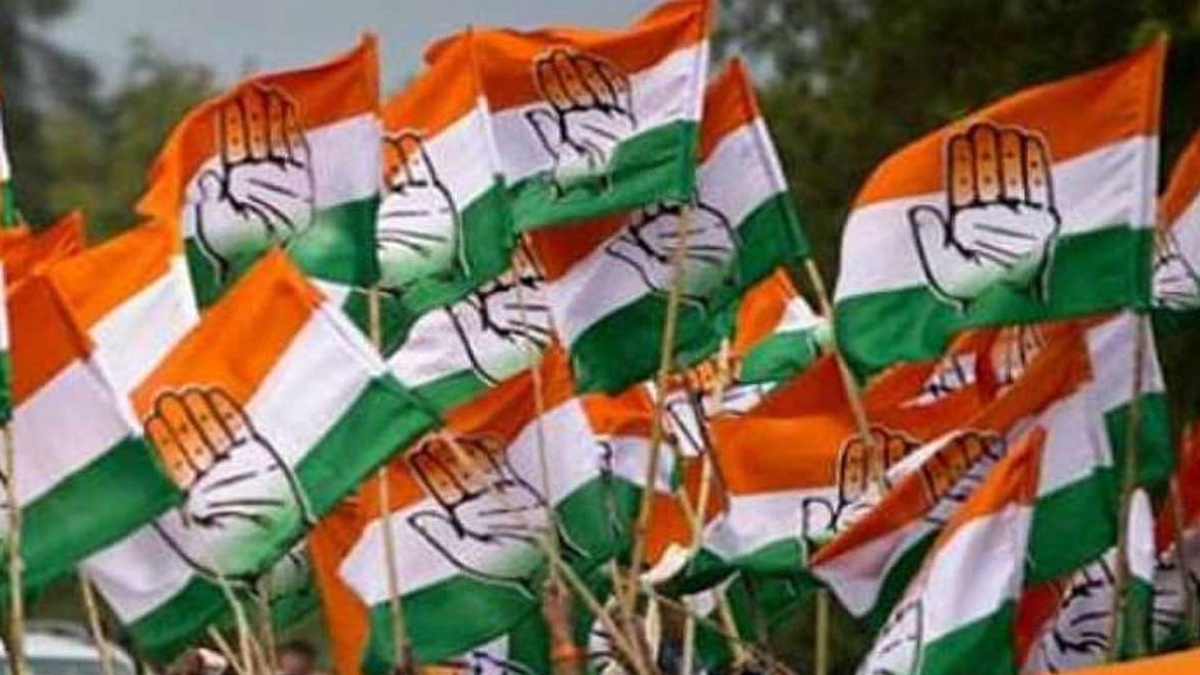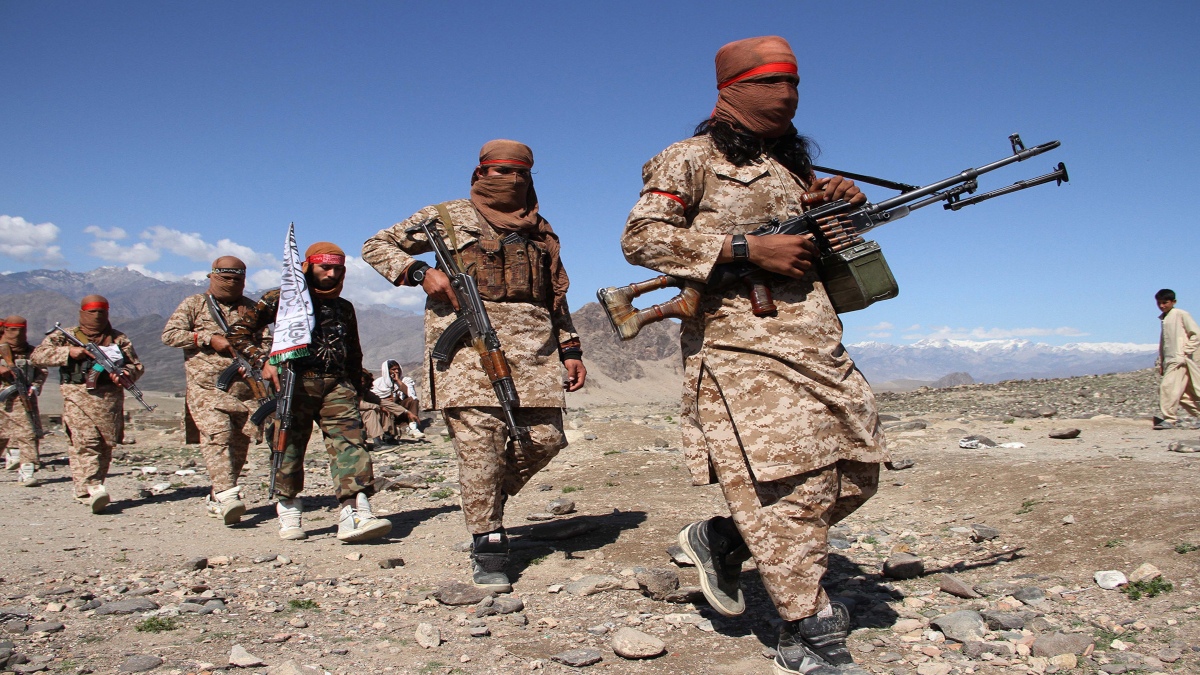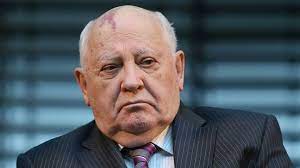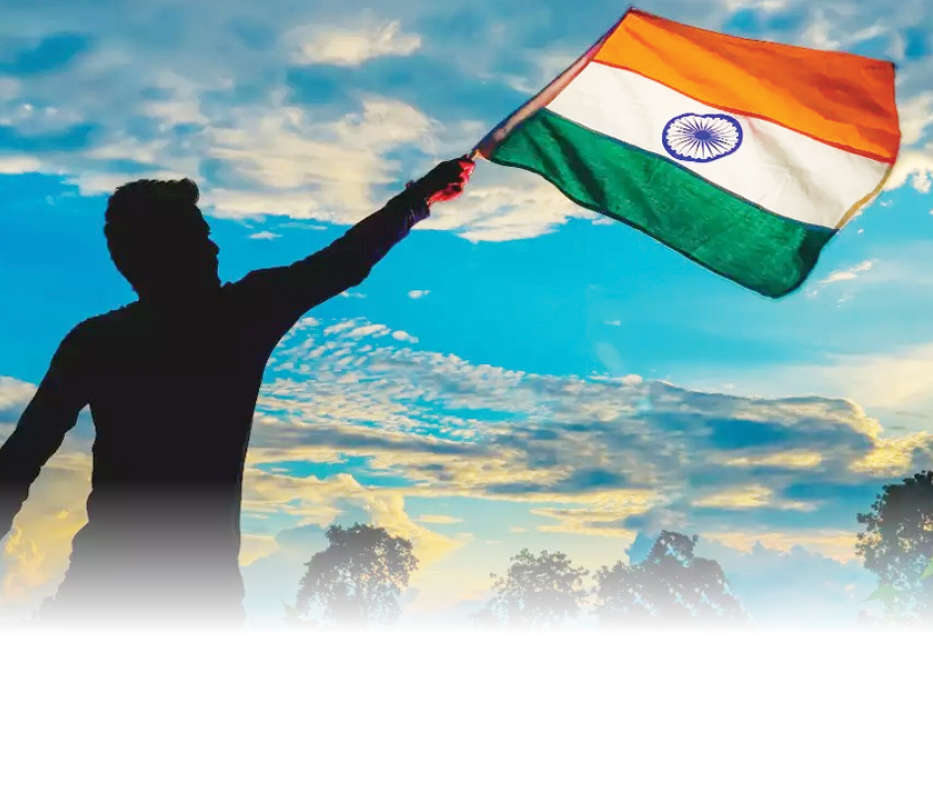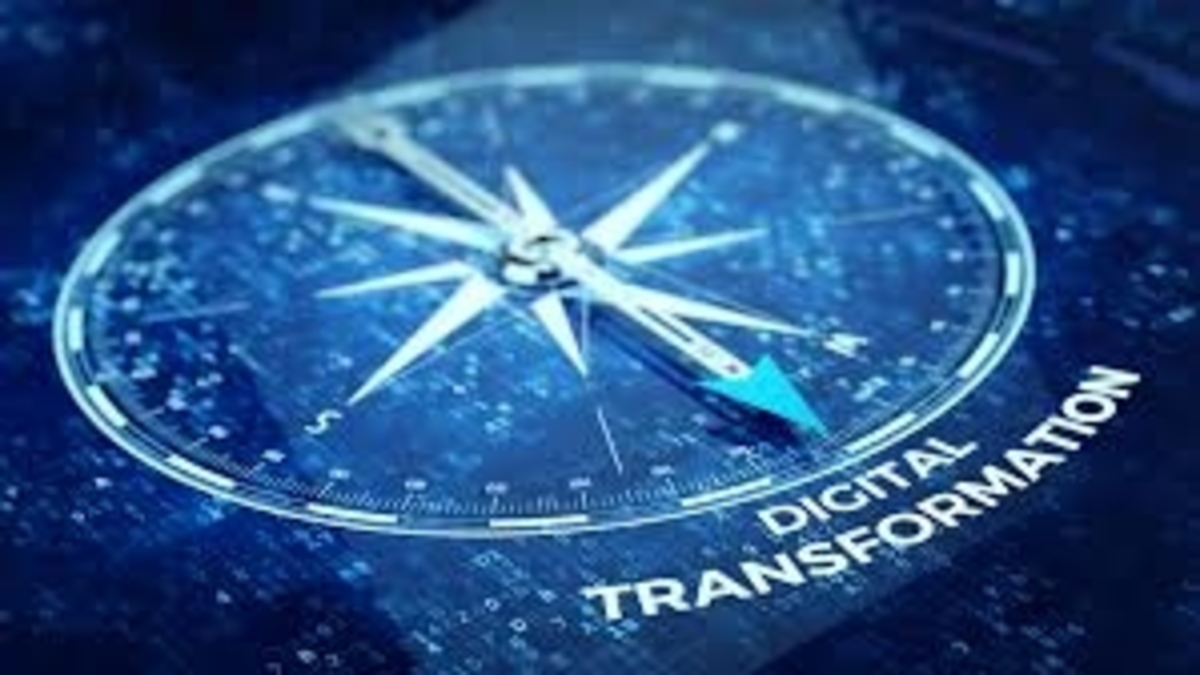One of the greatest shibboleths of modern culture is to be judgemental, judgemental towards all those areas from where we actually learn, those that we sometime revere, and even more so now towards nature. This is what is reflected in our tendency to call any natural event by a name that is reflective of our judgemental psyche towards nature, thus we call monsoons uncertain, we also call them unpredictable.
This we do regularly unmindful of the fact that the monsoons are one of the most beautiful phenomena in nature. Rather than accepting the beauty of its variations and splendid phenomena that accompanies it as its characteristic and its character, we assign names that suit our mood and convenience of economy and society
Just think of it. Humans came much later than monsoons in India and since then they have been dependent on monsoons.
Should the inhabitants of India have the right to call the characteristics of the monsoon by a judgemental name? Indeed it is these characteristics of monsoons that have allowed the humans to exist, they have allowed the humans to flourish and to grow. This aspect now is getting lesser and lesser appreciation.
Giving names, coining names, assigning perceptions, and towing a unidimensional line all become judgemental. So a natural event, a beautiful event like the breaking of monsoons becomes a hazard, a disaster, spectacles of nature like rains accompanied by thunder and lightning becomes dangerous. Is it nature’s fault that it sheds its beauty, abandon its characteristics that made many poets, and also formed the basis of many scientific researches.
Indeed we are witnessing some tumultuous events in our atmosphere, weather and climate whose answers are not exactly known to us.
It has been our choice that our pursuit of explanations has got confined to certain perceptions and mono perspectives.
Climatic change is one such event that has been linked to what not— be it drought, floods, cyclones, Arctic blasts, all of these events, these phenomena are now given different names that villainises them. In this pursuit, are we getting to become too judgemental, or are we too wise?
In climatic change, its causes, impacts, and solutions we reflect our judged psyche, and non-justifiable nature. Is climatic change a natural event, natural phenomenon or is it not that we have made it a declared disaster?
Whenever we transcend the limit of thinking of ourselves as being too logical, too intelligent, too wise, we do become judgemental, particularly towards nature and therefore we do not do justice to nature and natural phenomena.
This indeed affects humanity as we do not understand our limitations, our strengths, our adaptations, the problems, and the solutions. Even if we seek solutions they become complex, and we lose our sense of lateral thinking to such an extent that the solution is near, the solution is simple and we ‘post-mortem’ the entire universe to seek justice and its mechanism of effect, as we have been victims.
Even when We start seeking justice, our justice is in a legal framework rather than on natural grounds and natural justice, and this becomes the source for all systems of wrong conclusions.
In this process, We always forget, “Justice is not in law, justice is all about how we treat each other and our environment”.
Was it not the same monsoon and its characteristics that have allowed the humans to exist, to flourish and to grow, and is not the same monsoon that is seen by the same people as a menace and who try to give a name like uncertain, unpredictable to the monsoons? Do we do justice to monsoons by giving the names such as uncertain, unpredictable?
Let us accept it, most of our problems are related to not being able to do justice to our ability to gain knowledge of nature and its myriad manifestations. Climatic Change and the response of the world is one such event and phenomenon.
Seen from that angle Climatic Change has been made a bogey by the IPCC. But if Climatic change is seen through a scientific lens of another and more scientific organisation such as WMO, then it is different from IPCC. There are always going to be some fluctuations and trends of which there are evidences of such fluctuations or variations. They are variations and trends only.
When these fluctuations follow a particular trend, it is called climatic trend. These fluctuations may itself be cyclic in nature to give what is called climatic cycle.
Over a long period of time climatic fluctuations may be such that a shift in the type of climate prevailing over a given area takes place. This change in climate is called climatic change, then is it that everything that we are talking of is climatic change?
Indeed, the climate looks like it’s shifting and one can prove it quantitatively. And, If we are intent to prove it, what is one thing in this world, that we cant prove, wrong or right, and who knows better than the legal luminaries here. We can also prove God as wrong, we can find all faults with deities and Lord Ram as well, and not to leave even Mahatma Gandhi and his intentions.
But to what extent is it that the name, the concern, and the response associated with climatic change are justiciable and can be dealt within the purview of logical as well as a legal framework?
TAKING METEOROLOGICAL PERSPECTIVE
The Climate has in no period of geological time scale remained static. It has shown the type of changes unimaginable by today’s standards. The whole of carboniferous was hot and humid, during which the coal formation took place. During Cretaceous CO2 content in the atmosphere was very high as much as 20%. And during the Permian, the earth experienced the ice age.
The Pleistocene ice ages that began 2 million years ago did not finish until 10,000 years ago. Throughout that time, the world’s climate varied widely. At times much of the Northern Hemisphere was covered with ice caps and glaciers. Then a few thousand years later the climates were warmer than they are now. A few thousand years later still the glaciers swept southwards again. Every 4-7 years the Earth’s temperature sees a fluctuation caused by variation in the energy output of the Sun itself because of an increase in Sunspot activity.
Old astronomical records show that the Sun does, indeed, change in size and energy output from time to time.
These changes do alter the climate. All of those who see through a blinkered vision, ascribe it to Global warming induced by something else.
TAKING A HISTORICAL PERSPECTIVE
Even in historical times, the climate has not remained the same. Let us discuss some facts as follows:
»When the Kedarnath temple in Uttarakhand, India was built, the place was known for rice cultivation, it now shows in form of palaeochannels, that is the river channels of the past. Then in the Mughal period, it got covered with thick layer of ice that almost covered it up to 18 meters high, and that is evidenced by striating marks in the temple.
»The Indus valley civilization used to be experiencing a wet monsoon climate, till the monsoons shifted itself out of this location towards the Gangetic valley.
»Rajasthan used to receive a very high amount of rainfall, and had extensive forests in Ranthambhore, till it started becoming warmer and drier.
»The Sahara has been a site of water bodies that dried up much more early than it was even thinly populated. Was it climatic change, and if it was, it was always a natural event? On the Tassili Plateau in the middle of the Sahara Desert, there are old rock paintings showing grassland animals. They must have been painted when the local climate was much moister than it is now. Trees still grow nearby. They have immensely long roots which extract water from deep rocks. These trees could not have started growing unless there was water on the surface.
»Europe suffered a “Little Ice Age” between the 13th and 14th centuries when climates were very much colder than they are now. In winter, fairs were regularly held on the frozen River Thames, which is impossible nowadays because it does not get that cold enough.
»The polar regions show signs of warm climate in as far a place like that of Svalbard, and show intermittent spurts of cold wave conditions.
»More recent changes are due to shorter-term events. Volcanic eruptions can throw up dust and gases such as sulphur dioxide high into the atmosphere. There they can block out sunlight and lower the temperature on the Earth’s surface. A noticeable cooling in the 1960s coincided with increasing volcanic activity across the globe. Pinatubo in Phillipiones and Eyjafjallajökull in Iceland had similar effects.
»Venice used to get flooded and is flooded now as well. Australia experienced bush fires and experiences them now as well. This has happened before and will keep happening,
This happened despite there being no signs of global warming.
GEOPOLITICAL PERSPECTIVES
Geopolitical perspectives are clearly a case of perception management to mould public opinion and create new markets as well, Where an opinion will be made and propagated the way it suits the maker.
if the bogey of global warming is not raised, then consider these aspects
We all have been hearing about Climatic changes and Ozone hole since 1984, and was made to understand that we will have an ozone hole that will cover the whole of Australia in 20 years. That 30 year has already passed. Of course, making people insecure about the ozone hole because of CFCs will make people look for different alternatives for CFCs and then the new CFC will be a new product and a new market, and a new source of revenue.
Despite all the issues that surround fossil fuel use and its attendant competition from solar energy and the renewable energy lobby, it becomes understandable that the debate of fossil fuels vs solar and other renewables is not simple. Whoever wins this debate enjoys the market.
If people are made to understand that Climatic changes are taking place then only they can be made to understand that they will have to buy new products, new technologies. Of course, they are energy-saving and must be so.
The so-called climate change will invite a lot of African countries to fall in line with Western World policies of incorporating them within the ambit of new economic policies and converting them into a new form of neocolonial thinking.
The so-called climate change is likely to give Russia some major advantages such as:
»the Siberian permafrost will melt, and the land will become useful for cultivation, albeit maybe a small section of land.
»Most of the regions having harsh climatic conditions in Siberia will become somewhat congenial to human habitation.
»The Arctic region will get opened for both oil exploration as well as for sea lane traffic. Islands like Spitsbergen will become habitable.
ETHICAL PERSPECTIVE
Remember the Dhanuskodi type of event that took place in 1964. Had it taken place today, it would have been invariably been linked to climate change.
The strongest tropical Cyclone was also in 1964 part from Tip and Patricia. The most powerful Arctic blasts were not only in 2015 but also before. One of the coldest seasons in the plains was in 1962 when birds kept dropping from their nest in the plains, and when global warming was unheard of.
The highest temperature recorded in Delhi was in 1962 when Delhi was not a concrete jungle and machine jungle with millions of sources to raise the temperature as they are now.
Tell us, at which point of time in the history of Earth, the climate was not changing, at which point of time in history of human beings, the climate was not changing?
It will take only one volcanic activity to release 10 times more CO2 than what we have done so far in the last 100 years. It will take only one jet stream oscillation to change many things related to rains, intense rains, and drought.
We also must understand that Climate change is natural. It is in the nature of climate to change since the only constant in nature is ‘change’. Change is what makes nature beautiful, change is its beauty, it is this beauty to admire. Had the weather conditions been uniform throughout, neither would have been variations, the beauty of variations, different moods, different innovations, different poetries, or even art forms.
We are bringing some undesirable changes and this is definitely concerning, and needless to say, will definitely impact us. Our thinking and our response to different events and phenomena reflect our concept of perpetuating management.
When we try to control floods by shifting floods through the construction of embankments, we think we have controlled them, that’s foolishness.
If we think we are doing everything correctly by using solar energy to solve our sustainable energy needs, remember where will we shift the dangerous structures after some time.
And, when if we bring helium 3 from Moon to generate fusion energy, won’t will we raise the temperature of the earth. Shifting forms of energy do not prevent heat build-up. Laws of Thermodynamics prove it.
How can we guard, which laws will guard, which convention will protect when we build settlements on the Kosi riverbed and complain that floods affect us? Which law will guard us, when we grow rice in the desert and complain that water is getting scarce? Which law will guard us when we sit on top of the volcano and say it is warm beneath?
It is our folly that we deforest, we burn stubble, it is our folly that we increase population, we use chemicals and when we knowingly cause destruction and degradation, we do not call that the climate is changing, we call it Climatic degradation.
We are causing weather aberrations and it is condemnable and have to get into the practice of sustainable practices as early as possible.
We understand if we do not take action now, the weather will change, and we also understand we have to take action. If we do not take action, and do nothing, the climate will change. But, even if we do everything climate will still change.
We are ironically the products of all that climatic change. Had climate not changed, reptiles would have ruled the earth, had climate not changed there would be no coal, had climate not changed, mammoths would have ruled the world, had climate not changed we would not be seeing its beauty. Is it not that we are very selfish in raising this bogey of climatic change?
We are a product of such change and this climate change will pave way for other ecosystems to evolve, other creatures to come and inhabit the earth.
Let us accept it— we do not know nature and its ways, and how it functions. Today we seem that we know it, tomorrow there will be something new in the climate that we will not know. It is not ethical to link every event in the atmosphere to Global Warming. Following this hype on climatic change amounts to intellectual enslavement.
Imagine Einstein whom we followed wrongly on ether for decades or Stephen Hawkings whom we followed for decades to be proven wrong. Imagine how the West has proven itself wrong on Ghee as well.
But such intellectual colonisation of our mind gets reflected in drawing wrong conclusions, our inability to control our logic amounts to our unwillingness to find simple solutions.
And our solutions are simple everywhere: to tackle CO2, we just have to allow rain to take place. It will dissolve CO2 to convert into H2 CO3 in soil or make CaCO3, We just need to allow nature to work. Our problems lie in not being ethical and we do not need laws to be ethical. To be ethical, we do not need laws.
Being ethical first begins with understanding whether we are towing a line truthfully or blindly.
Being ethical means shunning our self-interest, and respecting our environmental surroundings, and that is what a civilisation is, and that is what justice is.
Can we enact laws for being environmentally ethical, being moral. Morality is something that is never judged, it is only felt. We do not need laws where we require only to be ethical.
We can have millions of legal frameworks to control us from change and protect us from change, we can have thousands of laws, and legal aspects, but to live, and be sustainable, we need to follow environmental laws not that are man-made.
These environmental laws are so simple. One of them is: “Everything is connected (directly or indirectly) to everything else; we are all in it together”. The Second is, “Nature will always correct itself if it veers itself from course, following cybernetics principle.”
The Third Law is: “Everything must go somewhere.” The Fourth Law is: “There is no such thing as a free lunch”.
The fifth is: “Up till a size, the bigger the better, beyond that size, the bigger the worst,” and the sixth is: “Nature knows best”.
We just need to follow nature, be with it, deposit ourselves to it, and only then we can enjoy it and live with it.
The writer is a strategic thinker, educationist, earth scientist, author, mentor, and advisor to various governments. Views expressed are the writer’s personal.
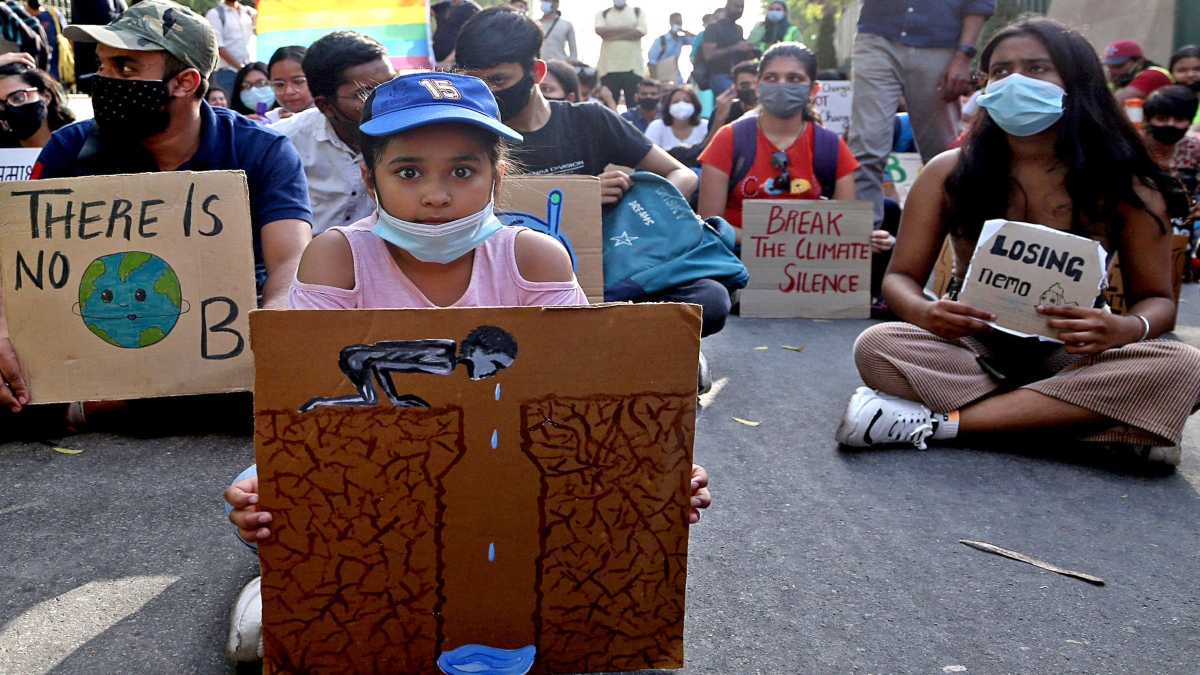

 Opinion3 years ago
Opinion3 years ago
 Entertainment8 years ago
Entertainment8 years ago
 Entertainment8 years ago
Entertainment8 years ago
 Fashion8 years ago
Fashion8 years ago
 Opinion3 years ago
Opinion3 years ago
 Politics8 years ago
Politics8 years ago
 Entertainment8 years ago
Entertainment8 years ago
 Entertainment8 years ago
Entertainment8 years ago
